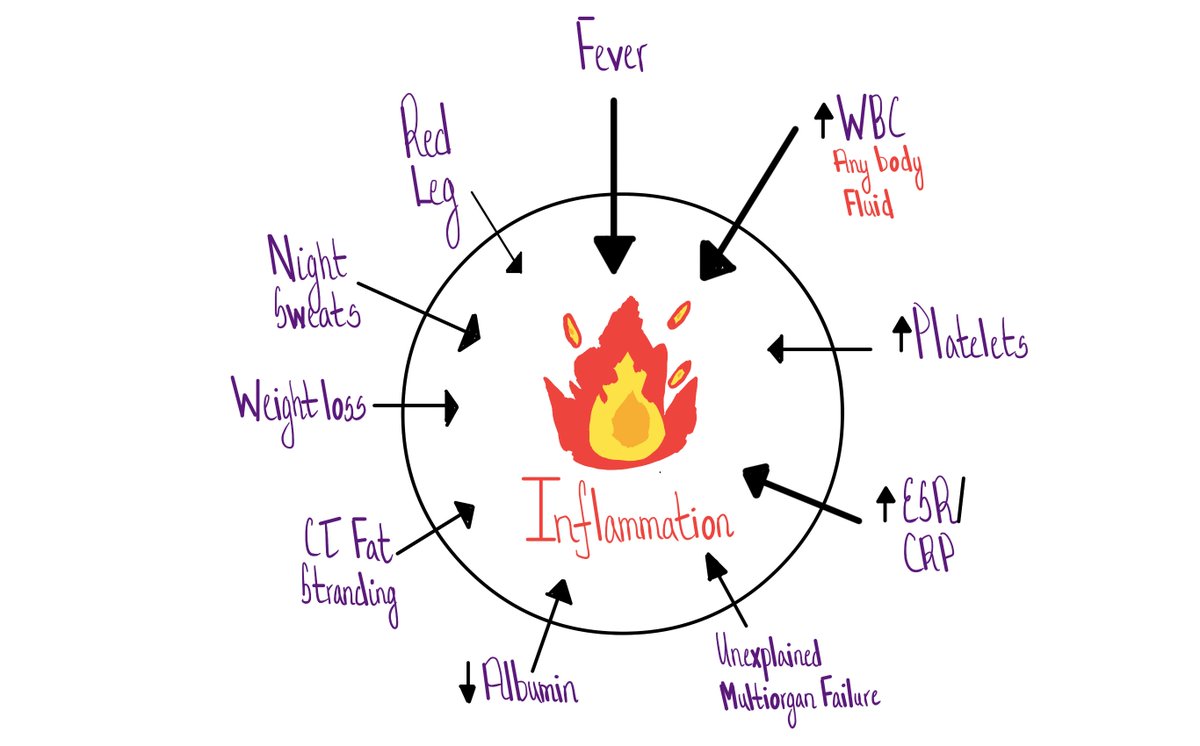Hypoxemia...
Beyond the Mechanism & Back to the Bedside
Join us, #medtwitter & #medstudenttwitter

1. Low FiO2
2. Hypoventilation
3. Impaired diffusion
4. Shunt
5. V/Q mismatch - the go-to answer every time!
1. A stethoscope.
Vascular disorders - pulmonary embolism & shunting - tend to be silent.
Alveolar diseases - e.g, pneumonia - make their presence heard.
Assessed at the beside, without anyone leaving the room, not even to the lab?
YES
Rapid improvement of hypoxemia with minimal supplemental O2 tells us the highway between the alveolus and the vasculature is relatively patent =
A-a gradient isn't too high.
1. It's easy to do
2. I don't get an ABG in everyone with hypoxemia
3. You might just have diagnosed a COPD exacerbation and may want to take it easy on the O2 supplementation


















